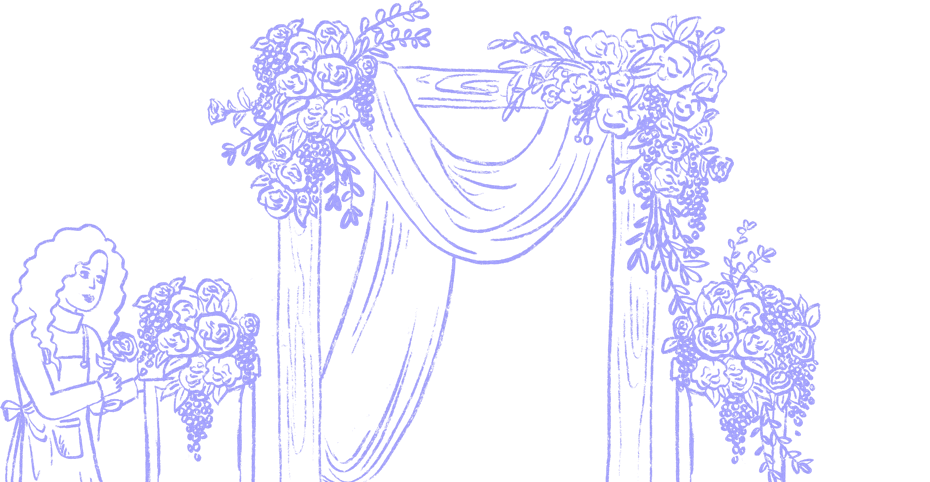Pittosporum - Silver Queen




Months in season
| Jan | Feb | Mar | Apr | May | Jun |
| Jul | Aug | Sep | Oct | Nov | Dec |
Summary
Pittosporum ( or ) is a genus of about 200 species of flowering plants in the family Pittosporaceae. The genus is probably Gondwanan in origin; its present range extends from Australasia, Oceania, eastern Asia and some parts of Africa. Citriobatus can be included here, but might be a distinct (th...
summary via wikipedia
Pittosporum - Silver Queen data for nerds
Below is a live look at how Pittosporum - Silver Queen flowers are used in floral estimates by Lobiloo users.
Pittosporum - Silver Queen's popularity last 12 months
Utility of this flower in recent floral estimates
Loading...
Pittosporum - Silver Queen's inclusion by total price of event
*Detect if this flower is better suited for lower vs higher budget productions
Loading...
Pittosporum - Silver Queen wholesale pricing and regionality
Learn whether the Pittosporum - Silver Queen is popular in , and if you're paying the right amount.
Pittosporum - Silver Queen's popularity by state
*Last 90 Days
Loading...
Pittosporum - Silver Queen's recent wholesale prices
*Bell curve, represents average price per stem for a given % of florists
Loading...
